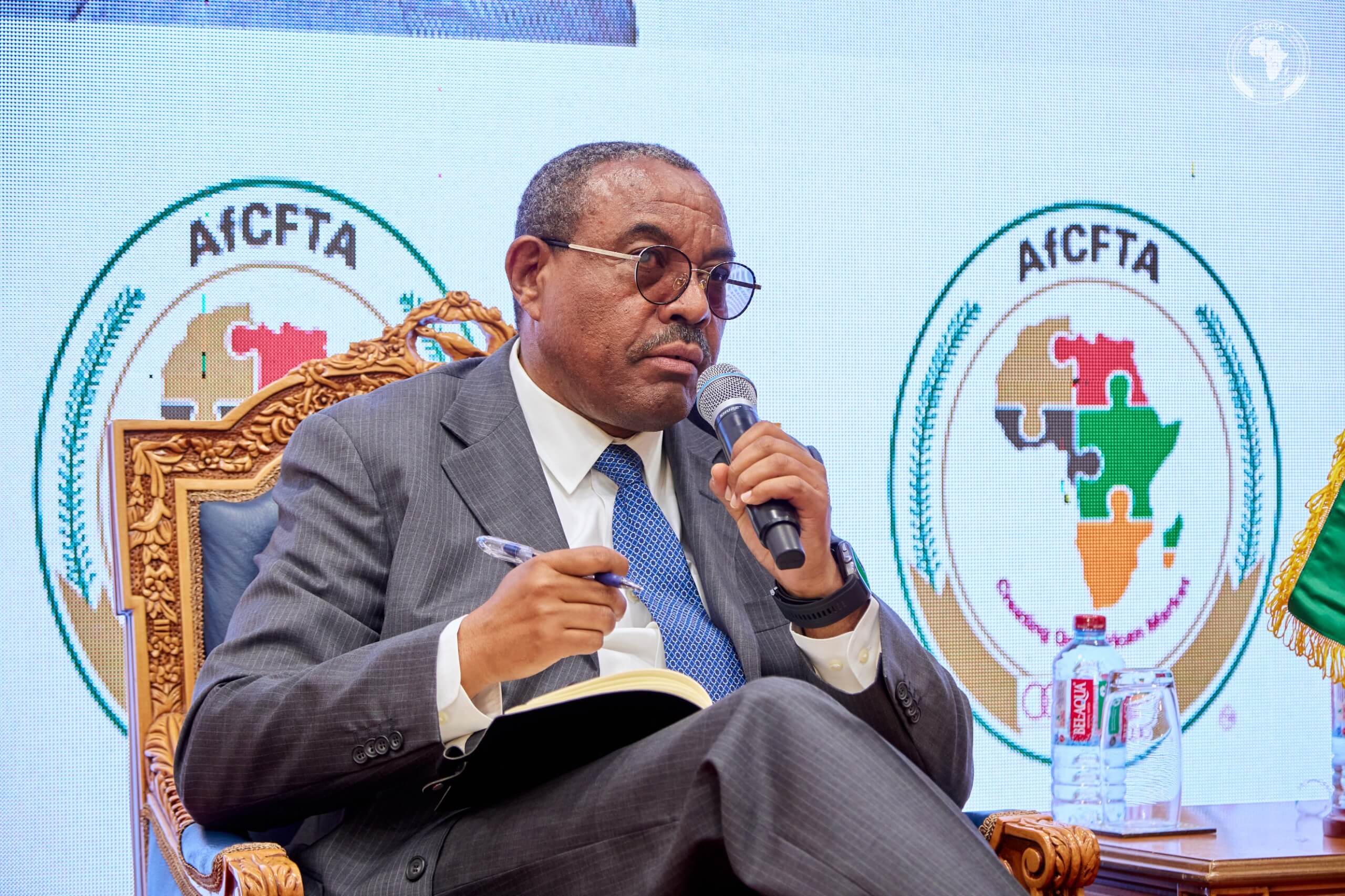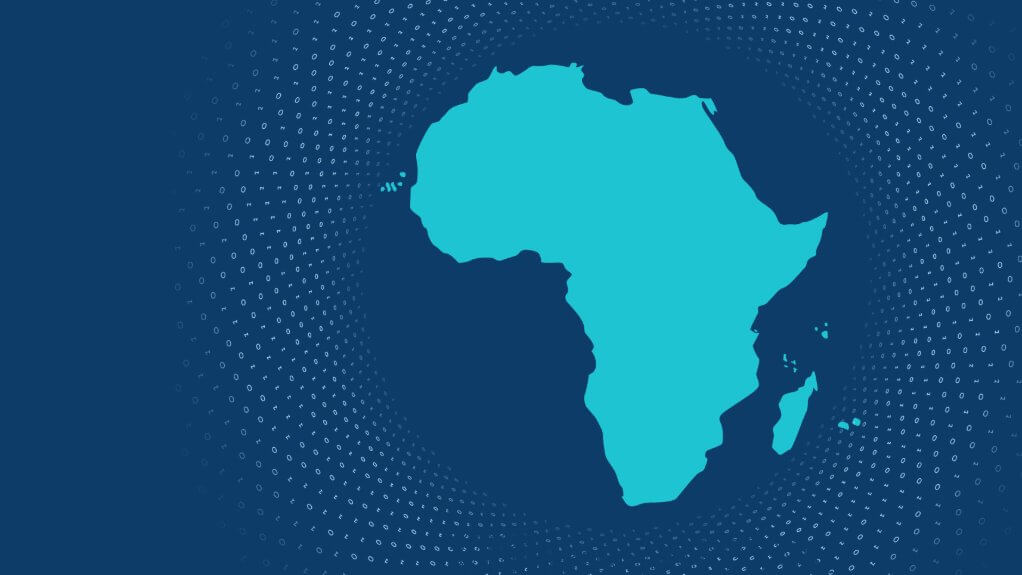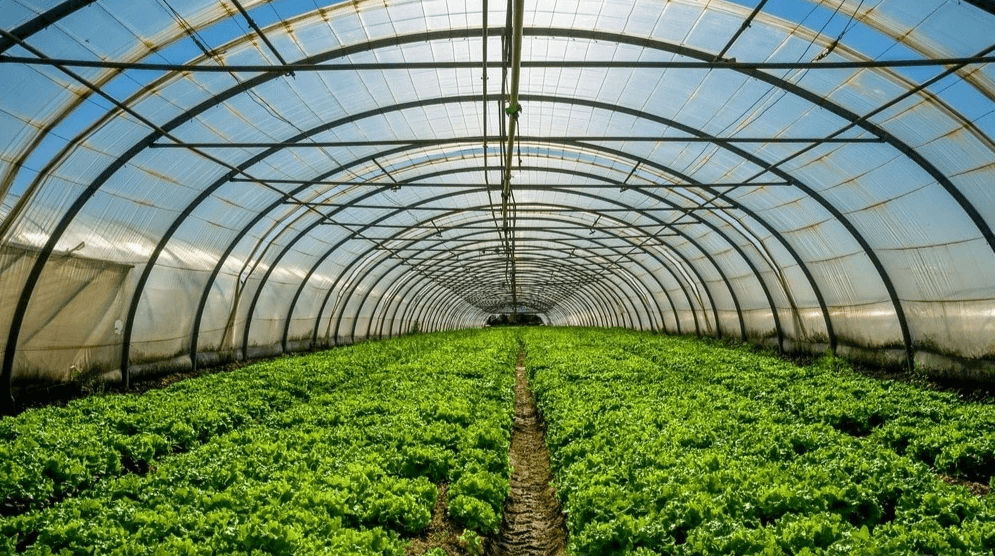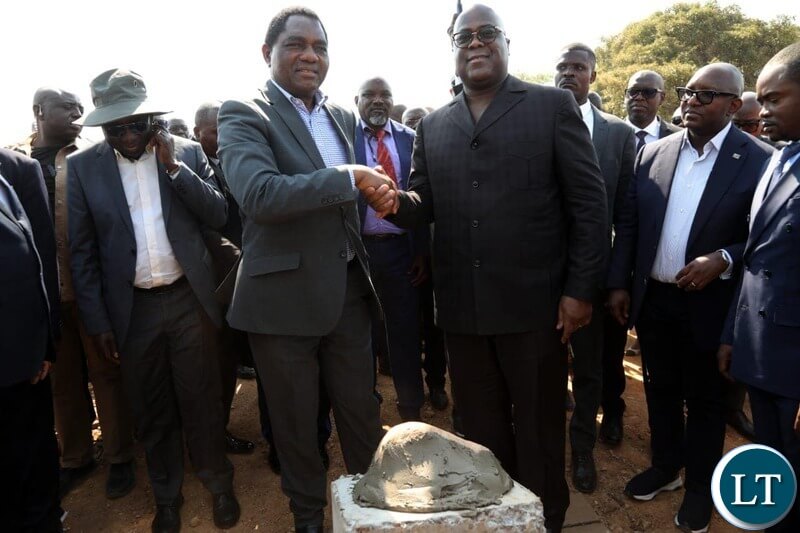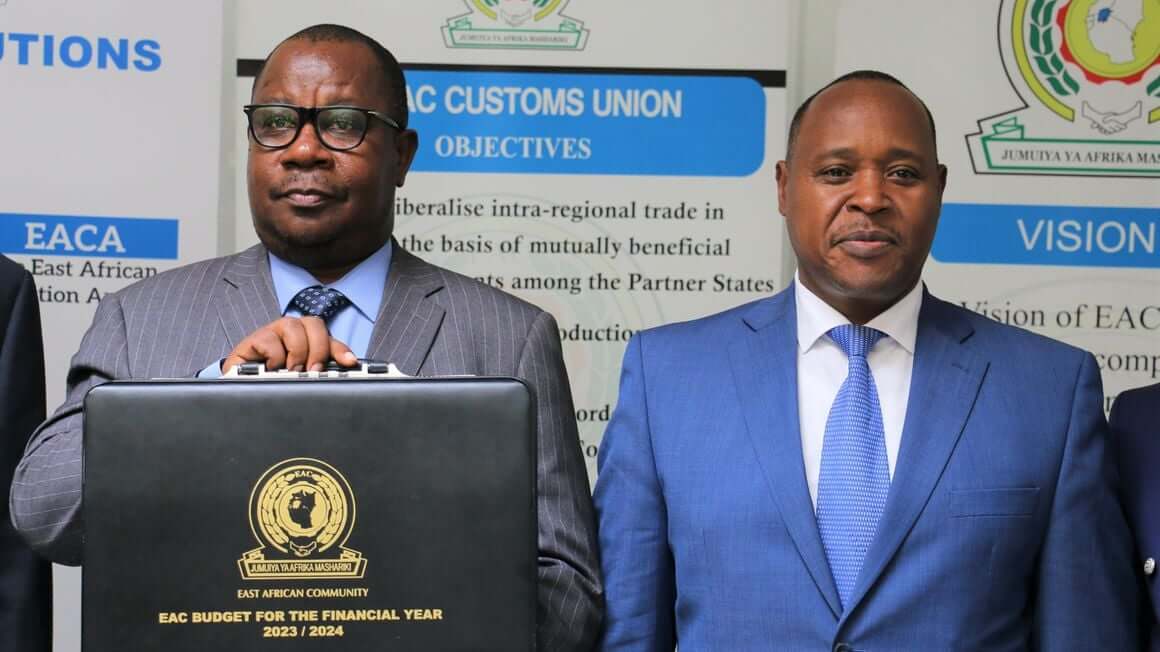
Our Projects are
Transforming African Trade
Quick Contacts
2nd Floor, Fidelity Insurance Centre Waiyaki Way, Westlands






Population (Millions)
2020
GDP (Billion)
2020
GDP Growth
2019
Inflation
2020
Economic growth in East Africa was a robust 5.9 percent in 2017 and is forecast to continue in 2018 and 2019. Despite several challenges (the Ebola epidemic, terrorism and insurgent activity, lower commodity prices), the outlook for East Africa for 2019 and beyond is upbeat. According to recent World Bank estimates, Kenya’s economy will grow by 5.6 per cent, Tanzania’s by 6.6 per cent, Uganda’s by 6.1 per cent, Rwanda’s by 6.0 per cent, Burundi’s by 3.8% and South Sudan’s by -3.8%. The conclusion of recent trade pacts (Africa Continental Free Trade Area; the EAC-EU Economic Partnership Agreement, and the global WTO Bali Trade Facilitation Agreement) potentially contribute to a favourable outlook for the EAC.
Besides better macro-economic management and exogenous factors, East Africa’s continued growth is largely driven by the steady progress being made towards deeper integration. The momentum generated by the decision to accelerate the creation of a Single Customs Territory is being sustained with trade facilitative measures on both the Northern and Central Transport Corridors. Significant progress has been made in simplification of customs clearance procedures, transit and border formalities resulting in dramatic reduction in turn-round time on the Northern Corridor: 18 to 4 days for Mombasa to Kampala, and 21 to 5 days for Mombasa to Kigali. Besides implementation of simplified customs procedures and removal of non-tariff measures, the greatest gains have come from adoption by willing Partner States of efficient trade facilitation tools such as single customs territory, customs management systems, electronic Single Windows, Authorised Economic Operator schemes, Non-Tariff Barriers monitoring, and Electronic Cargo Tracking systems, and waiver of travel visas (Kenya, Uganda and Rwanda).
Whilst EAC is making commendable progress, East Africa’s economies still suffer from a weak supply response capacity and a lack of export competitiveness on account of persistent non-tariff barriers, red tape, a narrow production and export base, poor access to energy, credit, skilled labour and other inputs.
TMA Industrialization project is designed to support the EAC Secretariat in conducting studies and develop strategies on Cotton, Textiles and Apparels; and Leather and Footwear. The strategies shall facilitate the development of regionally competitive leather and footwear; cotton, textile and apparels value chain by harnessing the comparative advantage in resource endowment and growing regional market and the dynamics in the global trade. The strategies aim to increase investment along the leather and textile value chains and enabling the region to retain more than 50% of the potential value of those industries by 2028.
In its Strategy II, TMA will continue to provide targeted, strategic support to the EAC with the objective of catalysing and sustaining the integration momentum, in the conclusion of the Customs Union (Single Customs Territory), leveraging existing efficient trade facilitation tools, such as customs management systems, electronic Single Windows, Authorized Economic Operator schemes, Non-Tariff Barriers monitoring, and Electronic Cargo Tracking systems, and thus contributing to ease of doing business.
The single window will minimize time taken to complete standard import and export processes across the EAC, increase user- compliance with trade procedures, and decrease the time it takes to complete documentation. This will contribute to reducing trade costs in East Africa.


Rwanda Bureau of Standards (RBS) simplify and increase the transparency of import/ export procedures; producers improve the quality of products produced; bureau of standards staff and producers improve their understanding of standards and requirements. Together, the results lead to national bureau of standards improves efficiency and effectiveness of testing.


Rwanda Bureau of Standards (RBS) simplify and increase the transparency of import/ export procedures; producers improve the quality of products produced; bureau of standards staff and producers improve their understanding of standards and requirements. Together, the results lead to national bureau of standards improves efficiency and effectiveness of testing.


EAC partner states implement harmonised priority standards; reduction in the cost of compliance with standards within the EAC; bureau of standards and producers improve their understanding of standards and requirements. Together the results lead to a reduction in the cost and time of doing business in the EAC region.


ASSET will save traders money spent on collateral and insuring bonds,, decrease the number of goods dumped in transit countries due to costly customs requirements, increase capital flow for the financial institutions involved, and decrease administrative costs for revenue authorities. This will help reduce trade costs in East Africa, while...



A seasoned trade professional and dynamic team leader with a proven track record in the development sector, currently serves as the Country Director for TradeMark Africa (TMA) in Tanzania. He boasts over over a decade of experience, having played a crucial role in various donor-funded programmes, demonstrating expertise in engagements with technical and high-level stakeholders in the East African region. He has also led varied teams in multiple trade facilitation programmes in the region.
Previously, he served as Chief of Party (COP) at TetraTech, a U.S.-based company, where he successfully led the USAID Feed the Future Tanzania Private Sector Strengthening Activity (PSSA). Before joining TetraTech, Elibariki was a Senior Programme Manager at TMA, where he managed various programmes. He also previously served as Programme Manager for Business Competitiveness, overseeing private sector initiatives at TMA.
Elibariki’s expertise extends to his previous role as the National Coordinator of Non-Tariff Barriers (NTBs) at the Tanzania Chamber of Commerce, Industry and Agriculture (TCCIA), a position funded by TradeMark Africa. Earlier in his career, Elibariki worked as a Trade Officer at the Ministry of Industry and Trade and served as an Assistant Lecturer at the Institute of Finance Management (IFM).
He holds the Master of International Trade degree from the University of Dar es Salaam as well as a degree in Business Administration. He has also attended international-level trainings in leadership and project management.
Email:[email protected]
Phone:+255699960415 ext 804

